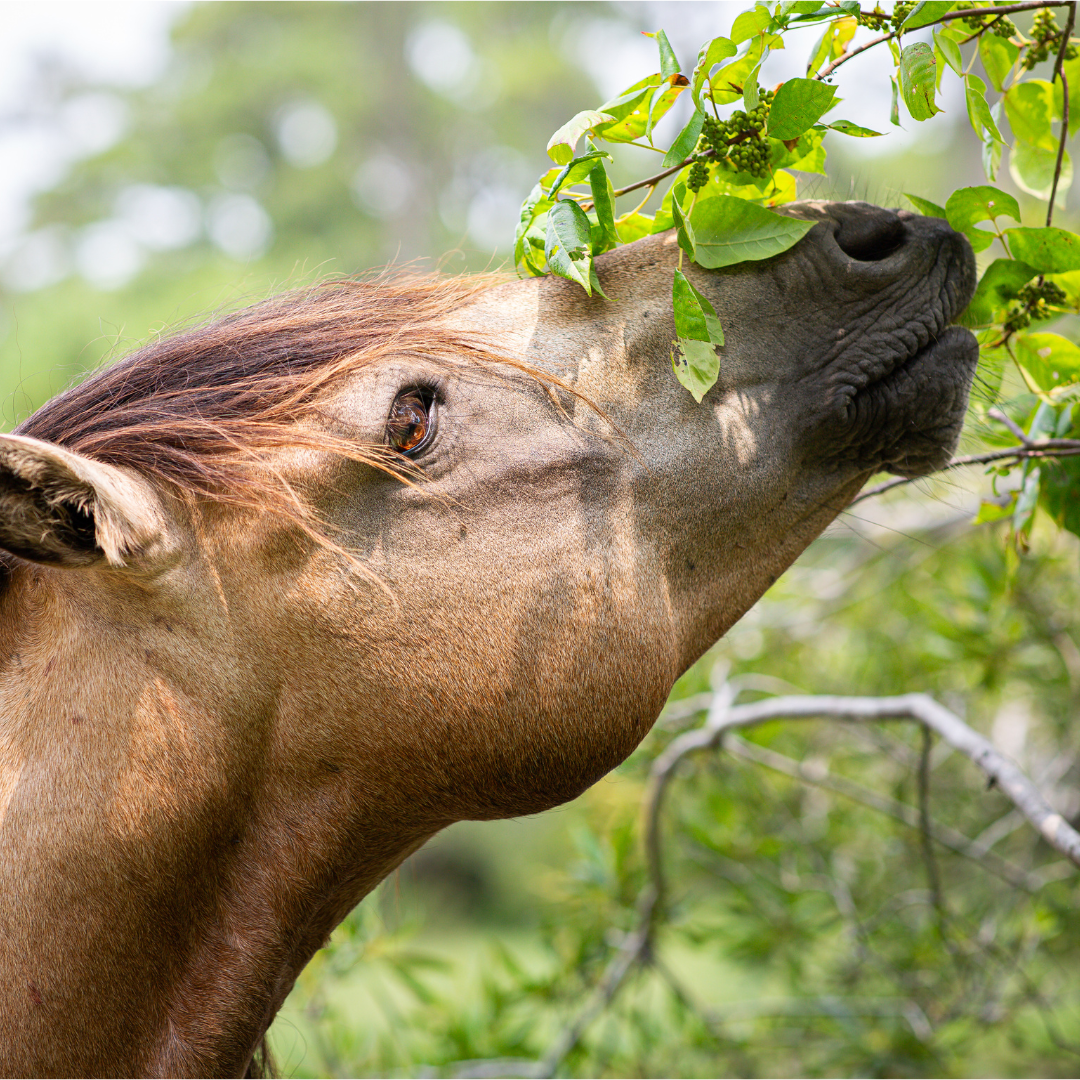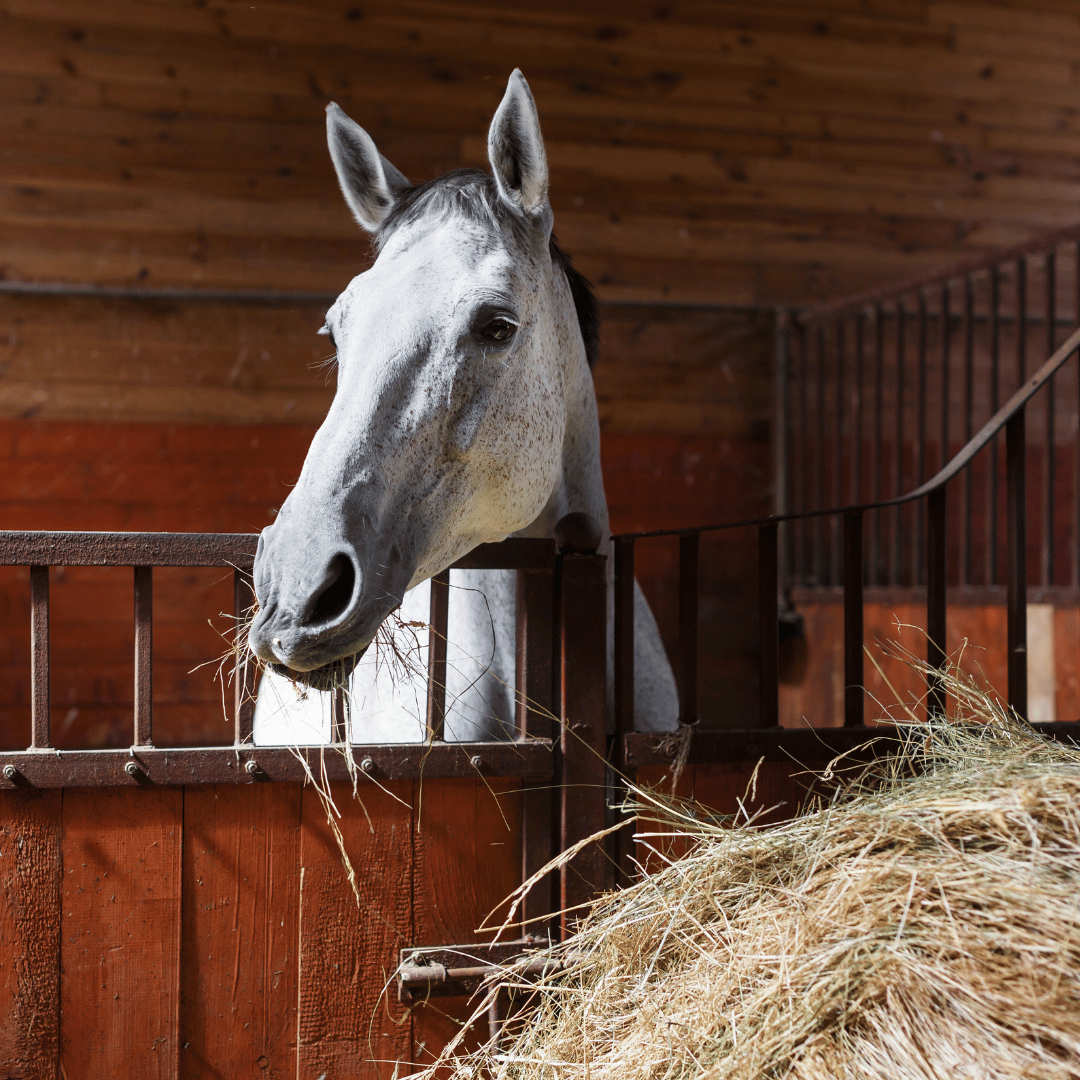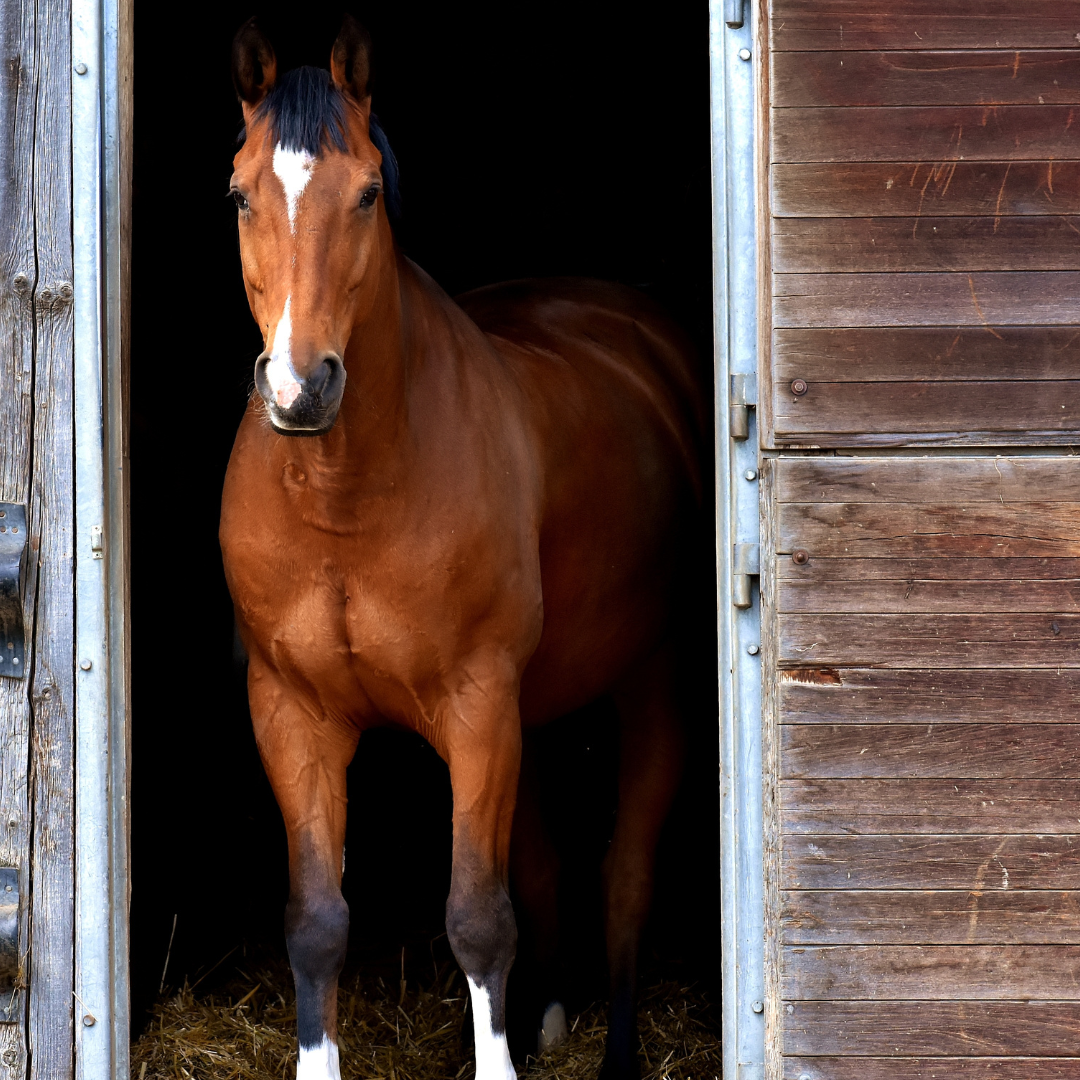The Gut-Brain Axis in Horses: How Diet Shapes Behaviour and Brain Chemistry
Gut Brain Reset
In recent years, equine research has increasingly highlighted the intricate connection between a horse's gut and its brain—what scientists call the gut-brain axis. This bidirectional communication network links the gastrointestinal system with the central nervous system and plays a vital role in influencing mood, behaviour, and overall health. Just as in humans, the microbial balance within a horse’s gut can significantly affect neurotransmitter production, including dopamine, a chemical central to motivation, reward, and emotional regulation.
The Gut as a "Second Brain"
The gut is lined with a dense network of neurons, sometimes referred to as the enteric nervous system. It not only manages digestion but also communicates with the brain via the vagus nerve and through biochemical messengers such as neurotransmitters and short-chain fatty acids (SCFAs) produced by microbes. This communication helps regulate stress responses, behaviour, immune function, and even learning ability.
Microbes and Dopamine: The Missing Link
A large proportion of the body’s dopamine precursors are synthesised in the gut, and the gut microbiome—the vast community of bacteria, fungi, and other microbes inhabiting the gut—plays a crucial role in this process. Certain gut bacteria can produce or influence the availability of tyrosine, an amino acid necessary for dopamine synthesis, a neurotransmitter crucial for mood regulation and stress response.
Disruptions to microbial populations—such as through abrupt dietary changes, overuse of antibiotics, or stress—can reduce dopamine levels. In horses, this may manifest as changes in temperament, reduced trainability, anxiety, spookiness or even stereotypic behaviours like cribbing and weaving.
Diet's Role: More Than Just Fuel
High Starch Diets vs Low Starch Diets and Microbial Disruption
Many modern horse diets, especially those designed for performance horses, are high in starch from cereal grains. While starch provides quick-release energy, it can cause problems when fed in excess:
Undigested starch reaches the hindgut and is rapidly fermented.
This can lead to a drop in hindgut pH (hindgut acidosis), killing off beneficial fibre-digesting microbes and promoting growth of lactic acid-producing bacteria.
The resulting hindgut dysbiosis (microbial imbalance) alters microbial metabolites that influence the gut-brain axis.
This imbalance may reduce dopamine production, increase systemic inflammation, and promote anxious, erratic or spooky behaviour.
Fibre: The Forgotten Hero
Enter the gut brain reset. Unlike starch, fibre—from forage like hay and pasture—is fermented slowly in the hindgut, supporting a healthy, stable microbial population. These microbes produce short-chain fatty acids like butyrate, which have been shown to support the integrity of the gut lining and positively influence brain health and dopamine signalling.
Practical Implications for Horse Owners
- Reduce reliance on high-starch feeds unless truly necessary for energy demands. Focus on forage-first diets, including a variety of natural ingredients, herbs, berries and superfoods.
- Introduce dietary changes gradually to prevent microbial disruption.
Consider the use of horse probiotics and prebiotics to support gut microbial health, especially after antibiotic use or periods of stress. - Evaluate behavioural changes not just as training or temperament issues, but potentially as signs of gut imbalance.
The Takeaway
Improving horse behaviour through diet changes is possible. The gut-brain axis is a powerful lens through which to view equine health and behaviour. The microbes in your horse’s gut are not just passive residents—they are active players in shaping how your horse feels, learns, and behaves. Feeding horses for calm behaviour by feeding to support a healthy microbiome, particularly by feeding a low starch diet and promoting fibre fermentation, we can help support a more balanced dopamine system—and a happier, healthier horse
~ The Equell Team




